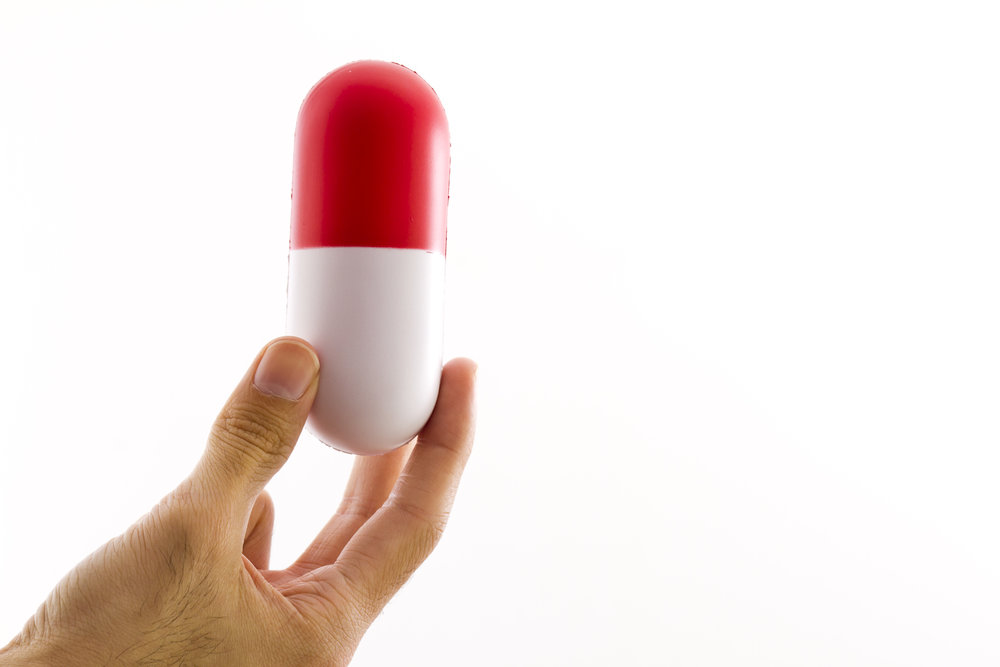Narcotic pain medication (percocet. vicodin, dilaudid) for the most part works on the same receptors in your body. Higher doses cover more ground, and different medications have different time to onset (start working) and wear off. But there’s a lot more variability to them than just the way they are designed.
Everybody has different body chemistry. That’s why some people get happy when they drink, others get sad, some fall asleep…. and then there are the angry drunks. The same substance can have a very different effect on different people. And this holds equally true for pain medication.
For some people, narcotic pain medication makes them feel much better, for others it makes them feel worse, and for others still it makes them high. That’s why the “I feel worse” people cannot understand why anyone would do this for fun. But the other part of it is that these medications act on more than just pain receptors. They have lots of possible side effects, including dizziness, itching, and constipation to name a few.
When you take pain medication and you have pain, a lot of the medication tries to go to the pain, so there isn’t as much to go to side effects. But when you don’t have a lot of pain, there’s too much medication to go around, and the side effects can multiply. If your personal body chemistry is such that you have a lot of non-pain receptors for this stuff, you might have misery off the bat.
As we start to address the current opioid situation, it becomes more and more important to consider other means of pain control, including prevention. Local anesthesia, better surgical techniques, non narcotic medication, and alternative postop regimens like deep breathing and measured exercise can minimize the narcotic pain medication requirement for most patients. These practices are far from standard at this point, but select surgeons are implementing them with promising results, and this is the future of surgery.
As for my practice, I have always been a big believer in attacking a problem from all sides. I also try to minimize side effects and complications in any way possible, especially for elective cosmetic surgery. When it comes to pain, I am impressed over and over by how much I can do to decrease the narcotic requirement for my patients, and in some cases eliminate it. You just have to apply basic principles and be open to new techniques. It remains a fact that an ounce of prevention often replaces a ton of postop care, and avoids two tons of secondary problems.


